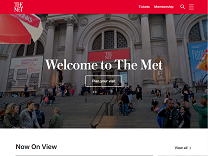Hugo van der Goes – Portrait of an Old Man – The Metropolitan Museum of Art https://www.metmuseum.org/art/collection/search/440840
The Artist: Hugo van der Goes (ca. 1440–1482), born in Ghent, was one of the leading Flemish artists of the second half of the fifteenth century. Initially, Hugo followed in the grand tradition of the illusionism of Jan van Eyck’s paintings, with a palette of richly saturated colors and a clear organization of space that depended on single vanishing-point perspective
continued to paint and where Gaspar Ofhuys recorded Hugo’s descent into deep depression

